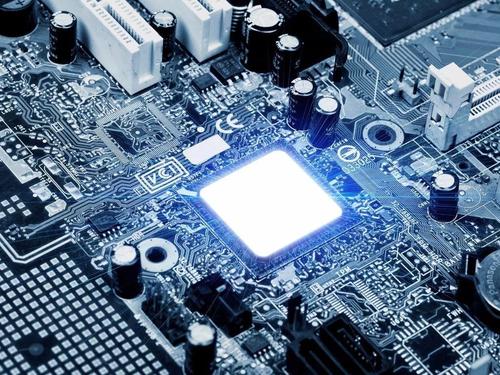source:Other information release time:2023-10-07 Hits: Popular:PCB Assembly company

1. The cleanliness of the board surface;
2. The issue of surface micro roughness (or surface energy).
The blistering problem on all circuit boards can be summarized as the above reasons.
The poor or low adhesion between coatings makes it difficult to resist the coating stress, mechanical stress, and thermal stress generated during subsequent production and assembly processes, ultimately resulting in varying degrees of separation between coatings.
1. Problems with substrate processing:
Especially for some thinner substrates (usually below 0.8mm), it is not suitable to use a brush machine to brush the board due to the poor rigidity of the substrate.
This may not effectively remove the protective layer specially treated to prevent oxidation of the copper foil on the substrate during the production and processing process. Although this layer is thin and easy to remove by brushing the board, it is difficult to use chemical treatment. Therefore, it is important to pay attention to control during production and processing to avoid foaming problems caused by poor bonding between the substrate copper foil and chemical copper on the board surface; When blackening is carried out on thin inner layers, there may also be problems such as poor blackening and browning, uneven color, and poor local blackening and browning.
2. The phenomenon of poor surface treatment caused by oil stains or other liquids contaminated with dust during the machining process of the board surface (drilling, lamination, milling, etc.).
3. Poor copper brush plate:
Excessive pressure on the grinding plate before copper sinking can cause deformation of the orifice, resulting in the brushing of the copper foil rounded corners or even leakage of the substrate at the orifice. This can cause foaming at the orifice during processes such as copper sinking, electroplating, tin spraying, and welding; Even if the brush plate does not cause leakage of the substrate, an excessively heavy brush plate will increase the roughness of the copper at the orifice, so the copper foil at this point is prone to excessive coarsening during the micro etching coarsening process, which also poses certain quality risks; Therefore, attention should be paid to strengthening the control of the brushing process, and the brushing process parameters can be adjusted to the best through abrasion test and water film test;
Read recommendations:
Welcome information, we will answer for you quickly
